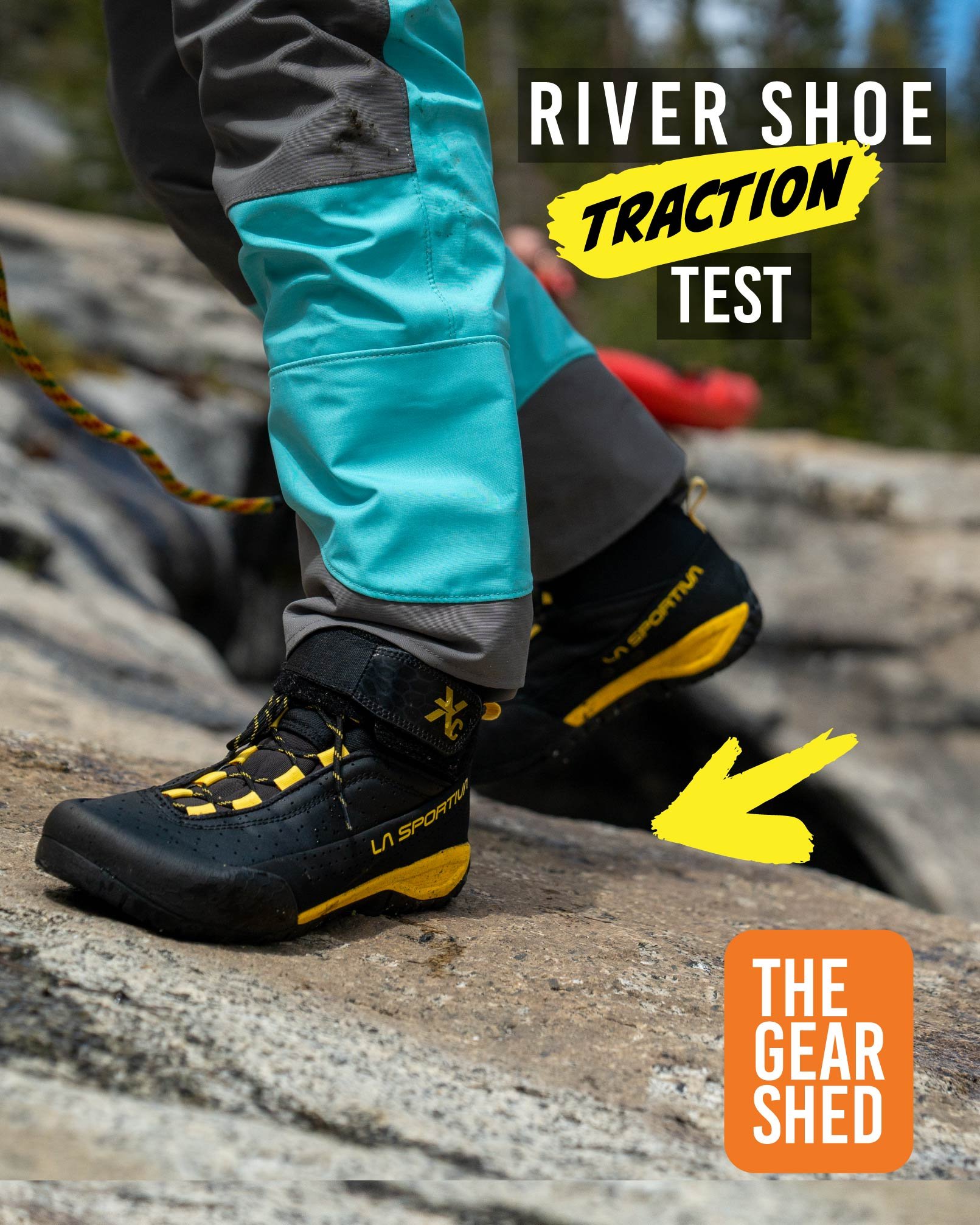The Gear Shed - Virginia Tech Helmet Study
Modern Whitewater Helmet Impact Absorption
In this article Trevor is breaking down the Virginia Tech helmet study. This landmark helmet study provides the first recent scientific look at whitewater helmets to give us an understanding of how concussive force is transferred through whitewater helmets. The methodology used leaves a lot of questions, however it also gives us some serious insight abut what a good helmet should do.
Questions in Light of This Study
When the study mentions concussion risk in the methodology, how is the severity of the concussion quantified? What symptoms of concussion is the impact likely to produce based on the testing methodology from an unprotected impact?
Did the helmets fit properly and was any modification done to the helmets to adjust or improve fit such as adding additional padding that you might find included with the helmet?
How many impacts can a helmet take before you need to retire it?
Were the helmet shells assessed post impact and did those impacts show visible signs of damage to the structure of the helmet and if so how much damage was recorded?
Another big question that this study brought up was what would the numbers look like for a 50th percentile female? The study was based on a 50th percentile male Hybrid III head archetype. According to a Swedish transportation study: the circumference of the female cervical spine relative to the length of the neck is smaller, as is the vertebral body sizes, and it has 20–32% less muscle strength for size matched subjects. Overall this meant that Whiplash Associated Disorders (WADs), most commonly caused in rear impacts, as the risk for females sustaining WAD symptoms is double that of males.
If you want to learn more about the studies we referenced check out the links below:
Virginia Tech STAR Methodology




